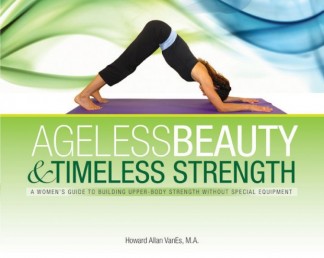Reduce Your Risk Of Diabetes By Up To 71%!
Author: Shannon Miller

By Howard Allan VanEs
Author of “Ageless Beauty & Timeless Strength”
The incidence of diabetes in the U.S. is at an all time high: approximately 26 million have the disease (CDC).
Another 79 million have pre-diabetes, a condition where blood glucose levels are higher than normal but not high enough for a diagnosis of diabetes.
There are two types of diabetes:
- Type 1 is an autoimmune disorder in which the immune system destroys the insulin producing cells of the pancreas. Without insulin, blood sugar levels rise because glucose is not being transferred to the cells.
- In type 2 (90-95% of all diabetes), insulin is produced, but the body doesn’t process it properly resulting in high blood sugar. As the need for insulin rises, the pancreas loses its ability to produce insulin over time.
Research has shown a direct link between being overweight and type 2 diabetes. In fact the NIDDKD estimates that the majority of diabetes risk is attributed to being overweight.
In a major clinical trial called the Diabetes Prevention Program, 3234 participants with pre-diabetes were either put into a program of a low calorie diet and exercise or put on a program of drug therapy with advice to exercise and watch their diet. The exercise and diet group reduced their risk of diabetes by 58%. For those over age 60 the risk was reduced by 71%. The drug therapy group reduced their risk by 31%. The exercise and diet program was twice as effective!
Exercise is helpful at keeping diabetes in check because it aids in losing weight and maintaining it at a healthy level resulting it:
- decreased insulin resistance,
- improved blood sugar levels,
- improved cholesterol ratios,
- lowered blood pressure.
A form of exercise particularly helpful in dealing with diabetes is strength training.
When muscles are challenged, the main fuel used is glucose which is stored in the muscles. As the muscle glucose is used, room in the muscles is made for glucose from the blood to enter into the muscle which helps to remove it from the blood. Resistance exercise also builds more muscle, increasing the storage area for glucose and increasing your Basal Metabolic Rate; more calories are burned, even at rest. Lean muscle tissue is also more insulin sensitive than fat.

